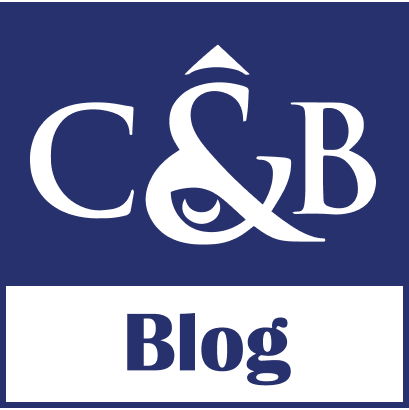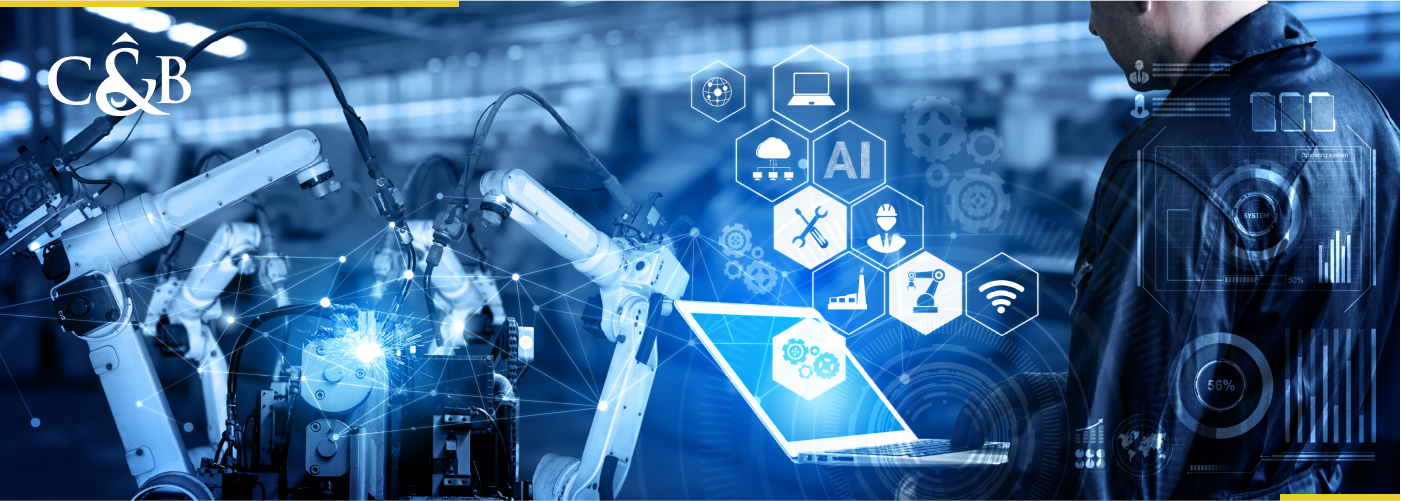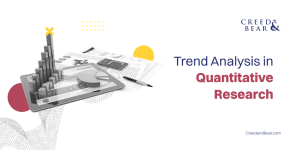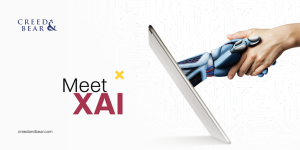Throughout history, humanity has continuously evolved, progressing from the discovery of fire to the utilization of copper tools, propelling us from primitive caves to thriving civilizations capable of constructing magnificent wonders like the Great Pyramids of Giza. As we reflect on the remarkable advancements brought about by the revolutionary forces of steam, water power, electricity, assembly lines, and the digital age of computerization, a profound question emerges. What lies on the horizon, poised to shape the next wave of innovation? We are entering the next Industrial Revolution. An illustration of recent advancements creates a better visual.
Source: Simio
Below is a brief description of each industrial revolution and how they have contributed to human development.
- 1st Industrial Revolution
Mechanical Production: The first industrial revolution took place in the 18th and 19th centuries, driven by inventions like the steam engine. This revolutionized transportation and fueled the growth of factories, leading to the rise of manufacturing and urbanization. Agriculture gave way to the production of goods, transforming everyday life.
- 2nd Industrial Revolution
Mass Production: In the early 20th century, the second industrial revolution emerged with the widespread use of electrical power. This era brought advancements in mass production, assembly lines, and transportation, propelling society forward. Other nations gained power and technology, challenging Europe’s dominance.
- 3rd Industrial Revolution
The Digital Age: By the 1960s, innovations in semiconductors and mainframe computers ushered in the digital revolution. The development of personal computers and the internet accelerated this transformation, connecting the world digitally.
The Fourth Industrial Revolution the Future of Connectivity
The Fourth Industrial Revolution is an ongoing transformative period that fundamentally reshapes our lives, work, and interactions. It is characterized by the convergence of digital technologies such as artificial intelligence, robotics, the Internet of Things, 3D printing, and blockchain. This revolution goes beyond individual advancements, integrating and interacting these technologies to drive unprecedented levels of automation, connectivity, and data-driven decision-making. It has the potential to revolutionize industries, disrupt traditional models, and create new opportunities for innovation and growth. This era holds immense promise and challenges, shaping the future of societies, economies, and individuals on a global scale. reimagine possibilities, harness the power of connectivity and decentralization, and forge a path toward a future where technology catalyzes positive change. Klaus Schwab, the Founder and Executive Chairman of the World Economic Forum summed it up best in his statement,
“We stand on the brink of a technological revolution that will fundamentally alter the way we live, work, and relate to one another.” — Klaus Shwab
Creed&Bear’s Role in Dubai’s Blueprint of the Fourth Industrial Revolution
Dubai has strategically positioned itself as a frontrunner in the ongoing Fourth Industrial Revolution. With Dubai’s ambitious goal of becoming a smart city. Creed&Bear assumes a role in spearheading innovation and harnessing Ai technologies. By actively attracting top talent and fostering collaborations with like-minded organizations, Creed&Bear contributes significantly to Dubai’s journey as a living blueprint for the future. Leveraging its expertise in blockchain, artificial intelligence, and the Internet of Things, Creed&Bear breaks conventional business models, unlocking fresh avenues for growth and development. Dubai is guided by visionary leadership and an unwavering pursuit of excellence. We are at the dawn of a transformative era.
AI Usage: This article was initially drafted with the assistance of artificial intelligence and subsequently edited to ensure originality and avoid plagiarism. However, in the event that the content inadvertently resembles other works, we do not assume responsibility for any unintentional overlaps or similarities. We invite readers to notify us of any such resemblances so that we can make the necessary modifications in respect and consideration of other authors and brands.
Finance and Trading: The insights and opinions expressed in this blog post concerning trading and market are solely those of the author and should not be interpreted as financial advice. This content is for informational purposes only and does not constitute recommendations or endorsements for any specific investments, securities, or financial strategies. Readers should conduct their own research or consult with a financial professional before making any investment decisions.





